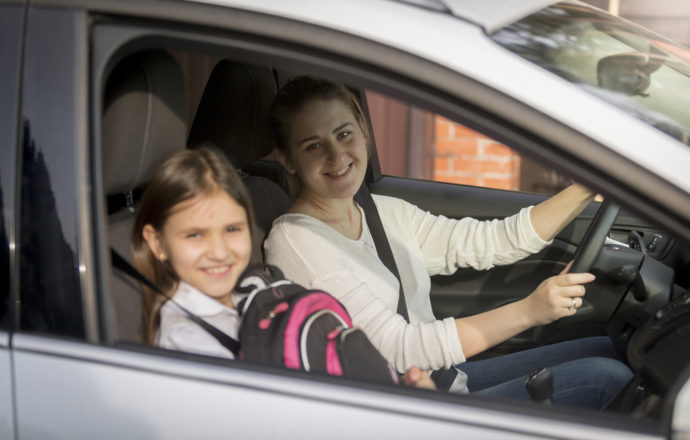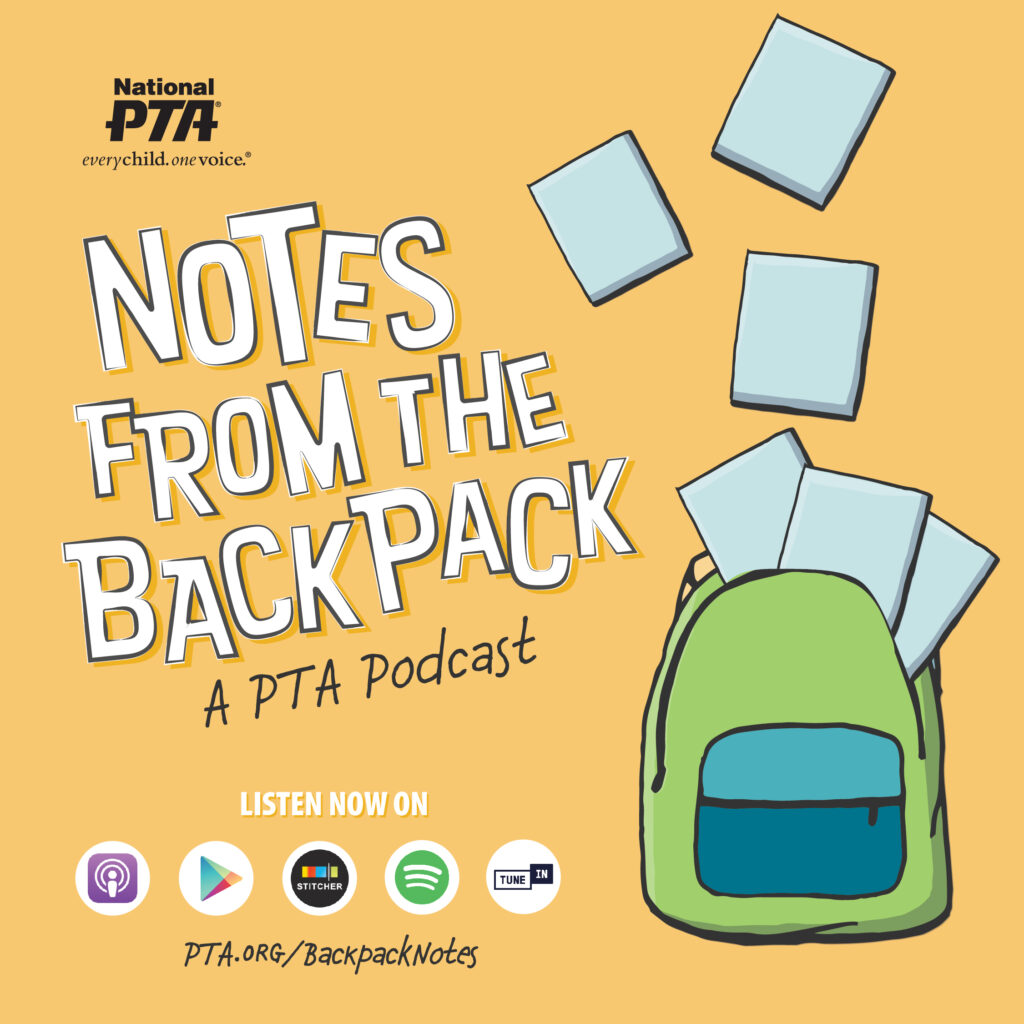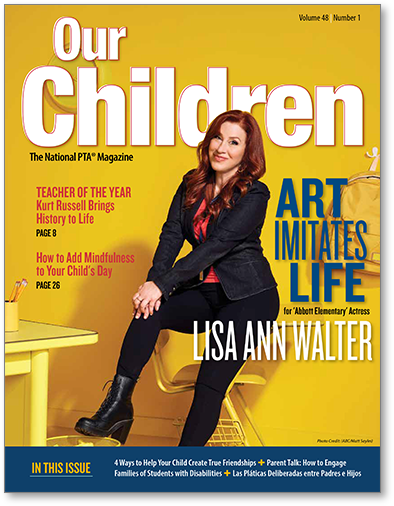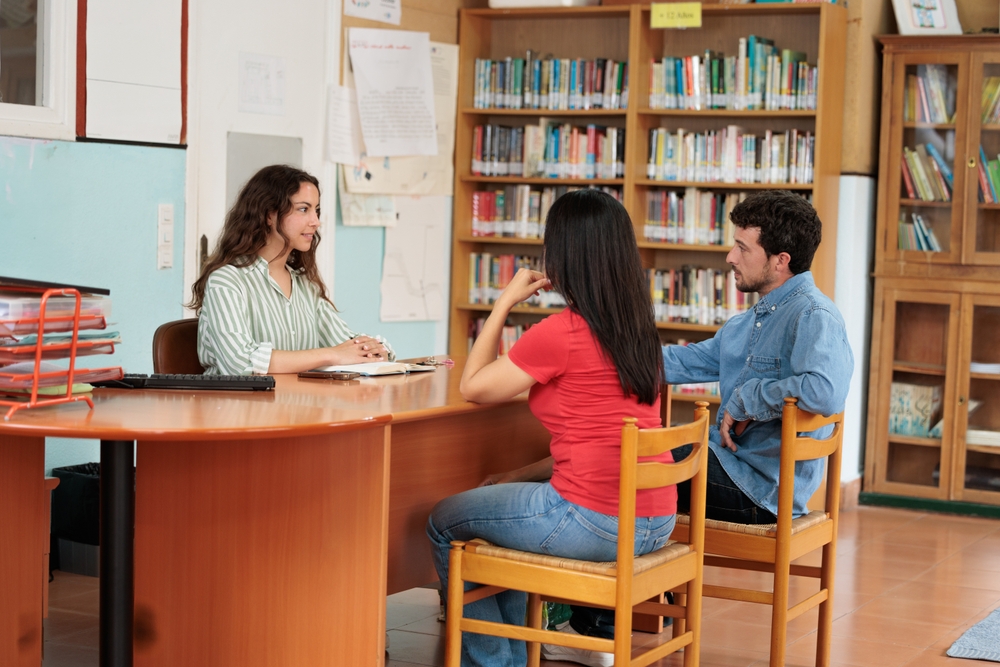One of the easiest ways to add time to your busy back-to-school schedule is to start a school carpool. As a bonus, dividing the responsibility of school drop-off and pickups amongst friends and neighbors is also better for the environment.
But what if you’re the type of parent who doesn’t trust the neighborhood carpool? Parents often cite safety concerns about carpooling such as anxiety about another parent’s driving and concerns about enforcement of seat belts. While carpool apps have made it easier to keep tabs on another driver’s ETA (and they have eliminated the headache of text chains and spreadsheet management), there are other steps you can take to ensure your child’s safety in the carpool.
Enforce Car Seats and Seat Belts
Even though your family should wear seat belts all the time—including when using rideshares and cabs—some drivers skip buckling up for short trips. A 2019 study found that when drivers don’t wear seatbelts, teenage passengers ages 16 to 19 were 53 times more likely to forego them as well.
Parents know that kids tend to model behavior, even if it’s unsafe. If you’re arranging a carpool, schedule a meetup beforehand to ensure all parents are on the same page about buckling up: It’s the best protection if there is an accident.
Enact a Phone-Down Policy for Drivers
In most states, it’s illegal for drivers to hold a cell phone or text while driving—and for good reason. It takes five seconds to take your eyes off the road to read most text messages. At 55 miles per hour, that’s equivalent to driving the length of an entire football field while blindfolded, according to the Governors Highway Safety Association. If you’re driving, put your phone in the glove compartment until the trip is complete. Alternatively, give it to a capable passenger, who can relay any urgent text messages.
Ensure the Safety of All Vehicles
We all know the feeling of getting into a Lyft or Uber that is clean and odor free —it gives us more confidence that the driver cares about their passengers, no matter who is on board.
To that end, discuss the safety of vehicles in the carpool. Ensure that each person keeps their car free of any clutter. Small items can become projectiles in accidents, and messes reduce the amount of space for back-to-school bags and books. In addition, ask if the cars are in good working order and have passed all required safety inspections. It’s also a good idea to make sure everyone in the carpool keeps a first-aid kit in the trunk for any emergencies.
Limit Teen Carpooling
Driving is an exciting milestone in your kid’s life, but no teen should be driving other kids until you agree on a parent-teen drivers’ agreement. This one from the CDC lists shared permissions, driving restrictions, passenger limits and penalties for violations of the agreement. It can be signed by the entire family. Make sure that all families in the carpool agree to having a teen driver transport younger kids.
Drive Your Child Until You’re Both Ready
If your child is still in a booster seat and your carpool is unable to provide one, don’t rush them out of it for convenience’s sake. Kids must be at least 4’9’’ to ride with a seatbelt in a regular car seat, so take them in your car until they are out of car seats or booster seats.
Also, sometimes all the preparation in the world won’t matter if you aren’t ready to let your child get a ride to school that isn’t with you. Take your time to ease into anything new, and wait until you are both comfortable with how you choose to get your child to school before joining the neighborhood carpool.


















